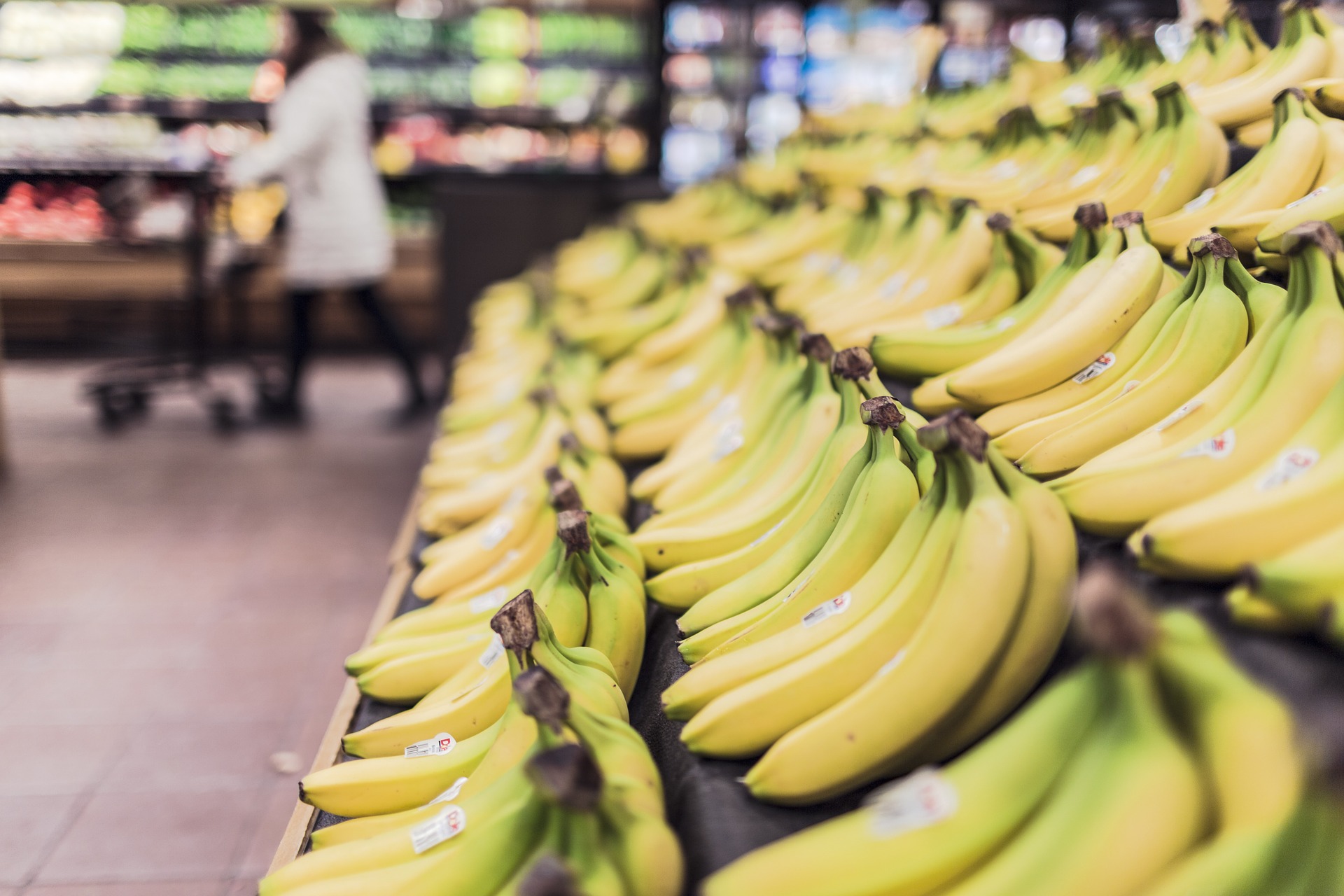- Home
- Miscellaneous
- 15 Appealing Facts About Bananas

15 Appealing Facts About Bananas
Looking for some fun facts about bananas? Over 100 billion of them are eaten worldwide annually (with about 51% eaten at breakfast time). Bananas are grown in over 150 countries with global banana exports reaching around 18 million tons in 2015. According to the U.S. Department of Agriculture, people in the United States eat 11.4 lbs. of bananas per year (that’s a bunch of bananas…see what we did there?). Given all the banana love, here are 15 facts about bananas you are sure to love.
Facts about Bananas:
- Your grandma’s banana is now extinct. The “Cavendish” banana is what you might typically see in the grocery store. However, the preferred variety was originally the “Gros Michel”. The Panama Disease essentially wiped this variety out in the 1950s.
- The banana plant is not a tree, it is actually the world’s largest herb. Considered the ‘fruit of the wise man’ in India, the banana is the tallest herb in the world, with some banana plants sometimes growing to a towering 25 feet tall.
- If you are allergic to latex, you are probably also allergic to bananas. Many people with a latex allergy will have an allergic reactions to foods like bananas, chestnuts, kiwifruit, passionfruit, plums, and avocados. Some of the proteins that are present in latex that cause an allergy to latex are also present in these fruits.
- India is the leading producer of bananas. India produces the largest number of bananas in the world. The country has 28% share in the world’s total production of bananas. China is next up followed by The Philippines.
- You have probably been peeling bananas wrong your entire life. Most people peel the banana from the stem. The thing is, the stem of the Cavendish banana is actually the toughest part of the banana. Instead, turn the banana upside-down and work on the pointed tip at the opposite end. Pinch the tip between your index finger and your thumb (which splits the skin of the banana), and peel away.
- An individual banana is called a finger. A bunch of bananas is called a hand. The word banana comes from the Arabic word “banan”, meaning finger
- The banana fruit is also technically a berry. From a botanical standpoint, bananas are both a fruit and a berry. What makes a berry a berry? Berries are fleshy fruits formed from the ovary of a single flower, the have one or more seeds on the inside of the flesh. Bananas have seeds, they are just hard to see so from a botanical view, bananas are berries.
- Bananas are radioactive. Eating a banana is not quite like working in a nuclear power plant but your average banana will hold about 15 becquerels of radioactivity. Not to worry, you won’t start glowing in the dark. Bananas are somewhat rich in potassium and a tiny fraction of that potassium is indeed radioactive. However, consuming a banana does not really add to the annual radiation dose of the person who eats it. All humans require potassium to function so everyone is ever so slightly radioactive.
- Bananas are curved because they grow towards the sun. Instead of growing towards the ground, bananas start to turn towards the sun in a process called negative geotropism. The fruit grows against gravity.
- Banana peels can be excellent for skin problems. You can also use banana peels to treat a variety of skin ailments including bug bites, rashes from poison ivy, and acne. Banana peels contain iron, manganese, and zinc along with Vitamins A, B, C, and E all of which are great for skin health.
- Bananas don’t have as much potassium as you may think. Most people think that bananas have an exceptional amount of potassium but in actuality their potassium content is relatively low per typical food serving. Raw spinach, grilled portabella mushrooms, cooked soybeans and baked potatoes (without the skin) all have a higher potassium content relative to their U.S. recommended Daily Value.
- Uganda has the highest consumption of bananas in the world. Uganda’s average per capita annual consumption of bananas is estimated at close to 1 kg per person per day – that’s about 500 pounds of bananas. Fortunately, over 75% of all farmers in Uganda grow bananas.
- The peel is edible. Banana peels are edible and packed with nutrients. The peel contains large amounts of magnesium and potassium as well as vitamin B6 and B12. It also contains some fiber and protein. If you are going to chow down on the peel, be sure to wash it thoroughly first to clean off any pesticides that may have been sprayed on it during growth.
- Hawaii is the largest producer of commercially grown bananas in the United States. Though the first commercial banana farm in the U.S. was established in Florida, Hawaii is now by far the largest producer in the U.S.. The vast majority of the bananas Americans eat come is imported from other countries, namely Central and South America.
- The Musa Ingens (the world’s biggest banana) grows in Papua New Guinea and Indonesia. The banana Musa Ingens is very big and the tree itself can grow up to almost 50 feet high. If the tree bears fruit, the bunch of bananas can weigh more than 130 pounds.
If you liked these facts about bananas, check out 15 facts about bees.